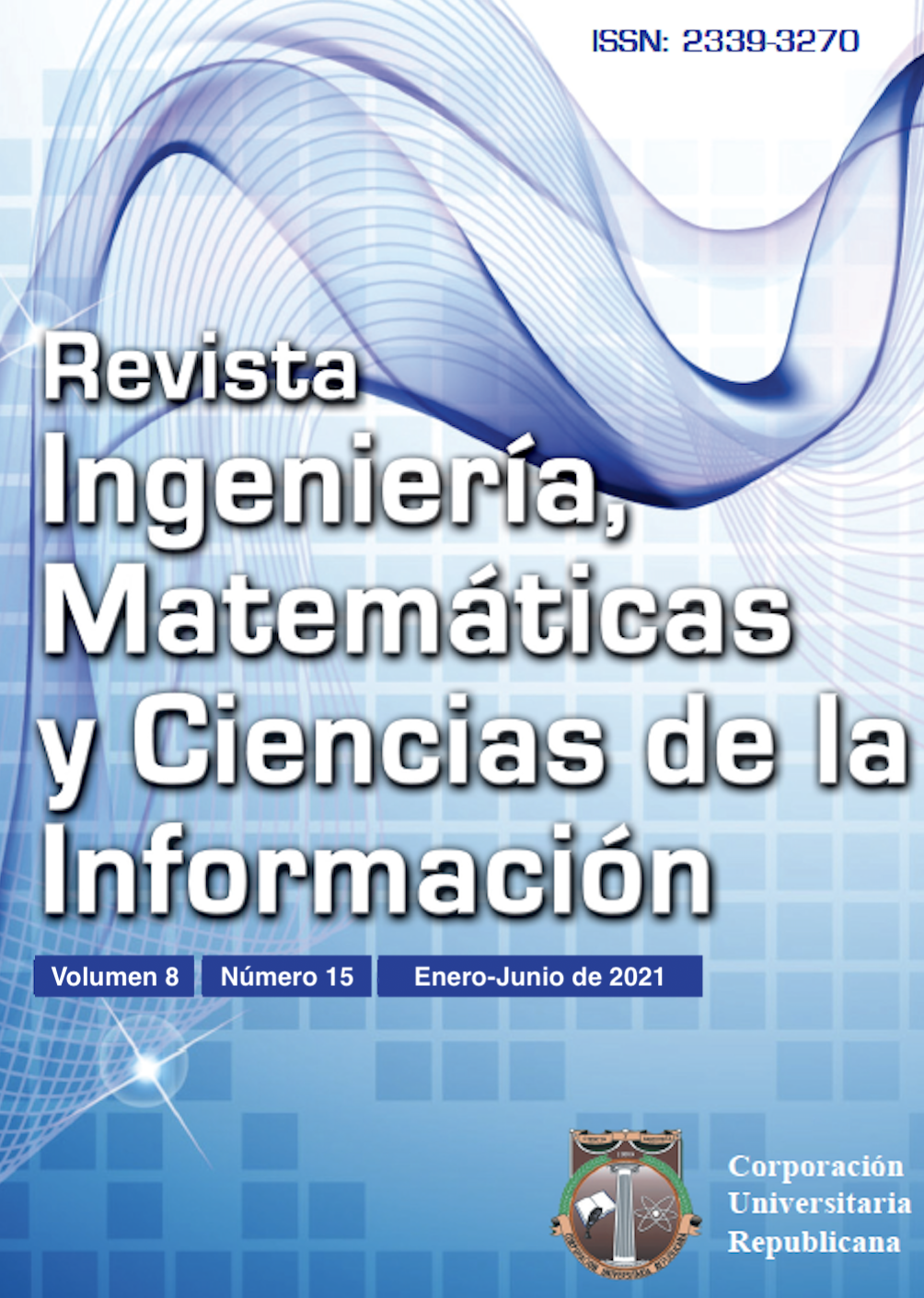Demystifying the deep web through a fleeting journey through the dark web
DESMITIFICANDO A LA DEEP WEB A TRAVÉS DE UN FUGAZ VIAJE POR LA DARK WEB
Show authors biography
At the moment when topics related to the Deep Web and the darkNets are treated, the imagination of the one who doesn’t know it’s reality, is projected towards a gloomy environment of the Internet, with the setting of a CiberPunk anime film of the nineties; activity that is completely logical and normal, because in search of covering the gaps in knowledge, people refer to folk and fictional stories from multiple sources, in particular, television series, mystery novels, among other products from science fiction; references that have a lot of exaggeration and rarely a bit of reality, which increases the myths concerning the Deep and Dark Webs; this is because most of the people take these fictitious references as realities, because these sectors of cyberspace are still a myth unexplored by the most of their casual navigators.
This is why we seek to demystify the conception of the Deep Web and the darkNets and give clarity to a very interesting and dangerous online ecosystem at the same time, because in this mythical sector of cyberspace you can find large volumes of useful information but also allows the free management of criminal commercial services. To achieve this goal, the present document has been segmented into four primary sectors: the first one is a basic introduction of what is cyberspace and what are it’s primary sectors, and then proceed to present the fundamentals to know the deployment of the Deep Web and the darkNets, and with these foundations already go on to present a secure browsing session through the darkNet TOR with the help of a virtualized protected navigation environment, that will help to present some of the most common criminal services of the Dark Web, in order to close this article with a final conclusions about the reality of cyberspace, its unknown areas and the dangers that are hosted there.
Article visits 1887 | PDF visits 1998
Downloads
- P. Abraham. “A look at the history of Google and how it was founded”. ZNETLIVE Blog. [Internet]. Disponible en https://www.znetlive.com/blog/a-look-at-the-history-of-google-and-how-it-wasfounded/. 2018
- M. Bergman. “The Deep Web: Surfacing Hidden Value”. The Journal of Electronic Publishing [JEP]. [Internet]. Vol. 7 n.° 1. Disponible en https: //quod.lib.umich.edu/j/jep/3336451.0007.104?view=text;rgn=main. 2001.
- D. Sui, J. Caverlee y D. Rudesill. “The Deep Web and The DarkNet: A look inside the Internet´s massive black box”. [Internet]. Disponible en https://www.wilsoncenter.org /sites/default/files/stip_dark_web.pdf. 2015.
- “Tor Project | Anonymity Online”. [Internet]. Disponible en https://www.torproject.org/. 2019.
- “I2P Anonymous Network”. [Internet]. Disponible en https://geti2p.net/en/. 2019.
- L. Henderson, Tor and the Dark Art of Anonymity, 1.ª ed., California: CreateSpace Independent Publishing Platform; 2015.
- M. G. Reed, P. F. Syverson y D. M. Goldschlag. “Anonymous Connections and Onion Routing”. IEEE Journal on Selected Areas in Communications. [Internet]. Vol. 16 n.° 4. Disponible en https://www.onion-router.net/Publications/JSAC-1998.pdf. 1998.
- P. Winter, A. Edmundson, L. M. Roberts et al. “How do Tor users interact with Onion Services”. [Internet]. Disponible en https://www.usenix.org/system/files/conference/usenixsecurity18/sec18-winter.pdf. 2018.
- D. McCoy, K. Bauer, D. Grunwald et al. “Shining Light in Dark Places: Understanding the Tor Network”. PETS ’08 Proceedings of the 8th international symposium on Privacy Enhancing Technologies. [Internet]. Disponible en https://homes.cs.washington.edu/~yoshi/papers/Tor/PETS2008_37.pdf. 2008.
- “ExpressVPN”. [Internet]. Disponible en https://www.expressvpn.com. 2019.




